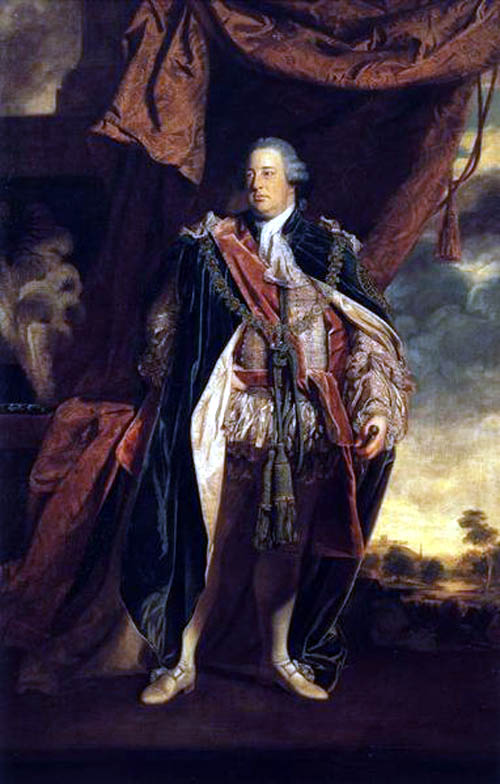PLANS to build a celebratory statue to the man who defeated Bonnie Prince Charlie’s army at the Battle of Culloden have sparked outrage – even though it will melt away.
The life-size model of the “Butcher” Duke of Cumberland on horseback is to be erected in London’s Cavendish Square and will be made entirely of soap.
But he plan has been met with anger by those in the Highlands where Cumberland’s atrocities are still remembered.

There was a previous statue of the Duke, real name Prince William Augustus, on the exact same spot up until 1868 but it was removed because of its association with his ‘war crimes’.
Yet angry Scots think that the plinth of the man who torched villages and spent hours bayoneting wounded Jacobites “should be left empty”.
Paul Scott, president of the Saltire Society, said: “I think this is a terrible idea. He was the Butcher of Culloden who not only massacred wounded men on the battlefield but tracked down and killed many Jacobites in the days and weeks after Culloden.
“As far as i know he had few redeeming features and is certainly not deserving of a statue. The plinth should be left empty.”
Roderick Balfour, an independent councillor for Culloden, said that this statue does no favours in improving the rivalry being the two nations.
He said: “I know the people round here would regard it as an affront even though it is a soap statue and might wash away pretty quickly.
“This is not the kind of thing that will improve relations between the Highlands and England.”
Controversial
The artist commissioned for the works is South Korean Meekyoung Shin, 45, a world-renowned ‘soap artist’ who was intrigued by the empty statue plinth that sat in London.
Shin is known for building soap statues as she believes the deliberate erosion of the soap conveys the temporary nature of historic events and how their meaning changes through time.
The sculpter, who is modelling the Duke for London’s City of Sculpture project, said she was aware of the sensitive relationship between the Scots and the English but liked the added drama that gave her work.
She said: “The fact that the Duke was such a politically controversial figure brings and unexpected and interesting dimension to the work and brings to light the issues i wanted to explore through this project.
“As monuments are built, removed, replaced or relocated geographically, we are reminded that history can be mistranslated and miscontextualised.
“In this sense the empty plinth provided the impetus to trace a part of history that had literally been erased and the creation of it prompts us to reflect upon these very issues as the soap weathers and the sculpture physically disappears again.”
The authority that commissioned the works said that those north of the border shouldn’t be offended by the Butcher’s statue.
Robert Davis, deputy leader of Westminster City Council, said: “I am sure that many Scots who visit and work in London are not going to be offended any more than English visitors to Scotland would be provoked by statues of William Wallace or Robert the Bruce.
“The City of Sculpture festival is about providing thought-provoking public art rather than reheating ancient historical grievances. I am confident viewers of the statue will see it in that light.”

